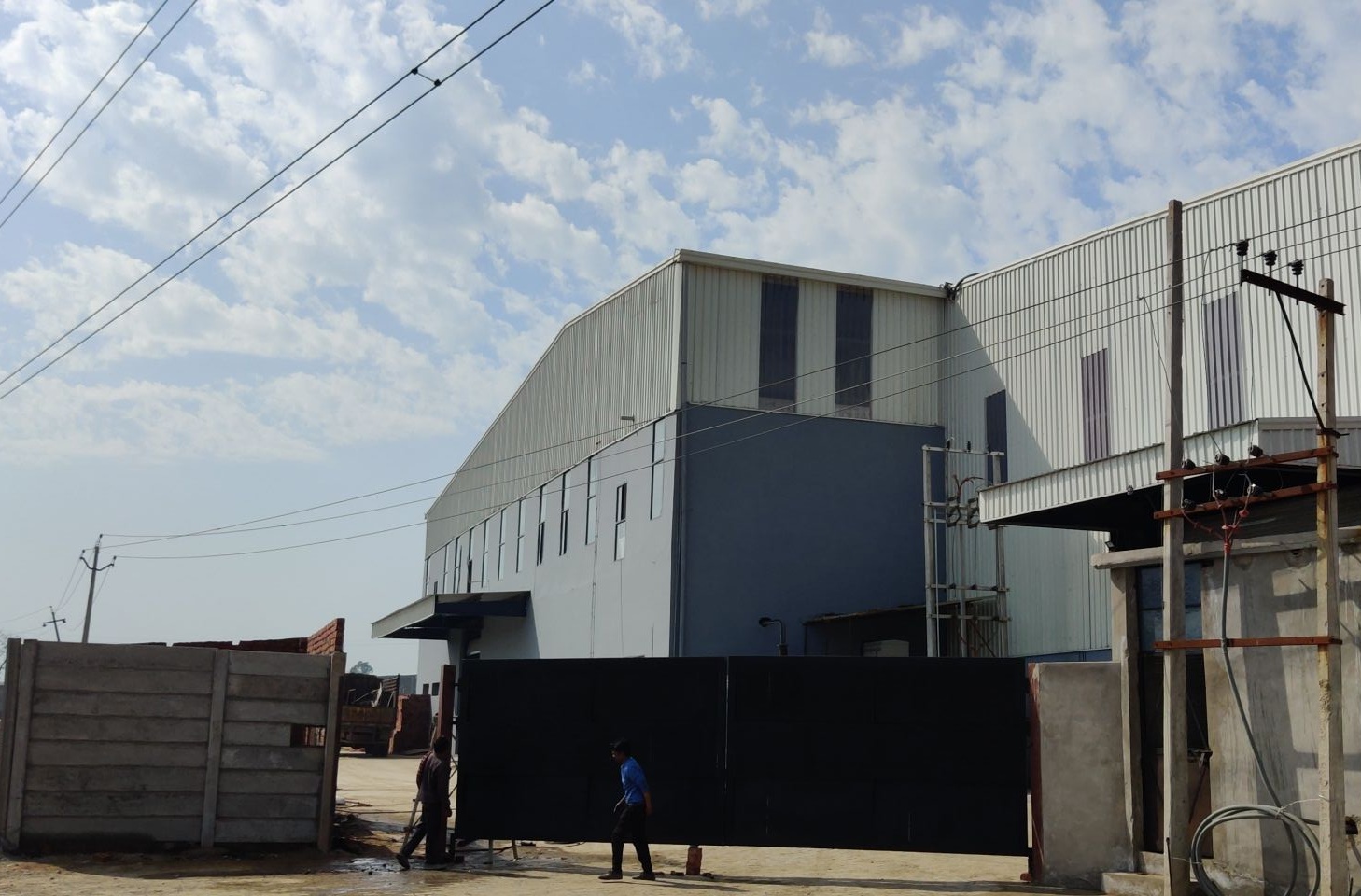When it comes to welding, choosing the right type of welding wire is crucial for achieving optimal results. MIG (Metal Inert Gas) wire and flux-cored wire are two popular options, each with its advantages and applications. In this blog post, we’ll compare MIG wire and flux-cored wire and discuss why MIG wire is often considered a better choice for certain welding applications.
MIG Wire
MIG welding uses a solid wire electrode that is continuously fed through a welding gun and into the weld pool. The wire is typically made of mild steel, stainless steel, and is available in various diameters to suit different welding applications. MIG welding also requires a shielding gas, such as argon or a mixture of argon and carbon dioxide, to protect the weld from atmospheric contamination.
Flux-Cored Wire
Flux-cored welding wire is similar to MIG wire but contains a flux core within the wire itself. This flux core provides a shielding gas when exposed to the heat of the welding arc, eliminating the need for an external shielding gas. Flux-cored wire is often used in outdoor or windy conditions where the shielding gas from MIG welding might be blown away, compromising the quality of the weld.
Advantages of MIG Wire over Flux-Cored Wire
1. Better Control and Precision:
MIG welding with solid wire offers better control over the welding process, allowing for precise welds with minimal spatter. The absence of flux in the wire results in cleaner welds, making MIG welding ideal for applications where appearance and quality are critical.
2. Versatility:
MIG wire is versatile and can be used for a wide range of materials, including mild steel, stainless steel, and aluminum. It is available in various diameters, allowing welders to choose the right size for their specific welding requirements.
3. Less Cleanup:
Since MIG welding produces minimal spatter and does not require slag removal like flux-cored welding, it reduces the time and effort needed for post-weld cleanup, increasing overall efficiency.
4. Ease of Use:
MIG welding with solid wire is generally easier to learn and master compared to flux-cored welding, making it suitable for beginners and experienced welders alike.
5. Lower Cost:
In some cases, MIG welding with solid wire can be more cost-effective than flux-cored welding, especially when considering the cost of shielding gas and flux-cored wire.
Conclusion
While both MIG wire and flux-cored wire have their advantages and applications, MIG wire is often preferred for its better control, precision, versatility, ease of use, and cost-effectiveness. However, the choice between MIG wire and flux-cored wire ultimately depends on the specific welding requirements, environmental conditions, and desired welding outcomes. By understanding the differences between these two types of welding wire, welders can make informed decisions that lead to successful welding projects.
B&H MIG wire is a top choice for welding professionals. With over three decades of experience in the industry, B&H is known for delivering high-quality MIG wires that meet international standards. Our wires are meticulously manufactured to ensure consistency and reliability in every weld. Whether you’re working with mild steel, stainless steel, B&H MIG wire offers excellent weldability and performance. When you choose B&H MIG wire, you can trust that you’re investing in a product that will deliver superior results, making it the ideal choice for all your welding needs.

